Fixed assets, the classification and evaluation of which is carried out by any modern company, represent a certain part of the property used in the form of labor in the production of certain products, the provision of services or the performance of various works. Also, the main funds are those that are needed to manage the organization for a certain period (more than 12 months).
When fixed assets are considered, classification and assessment is carried out using inventory objects, which is any object that has all the accessories and fixtures or any separate isolated item necessary to perform various independent functions. In the form of an inventory object, a separate complex of all kinds of structurally articulated objects that are a single whole and designed to perform certain tasks can also be used.
What it is?
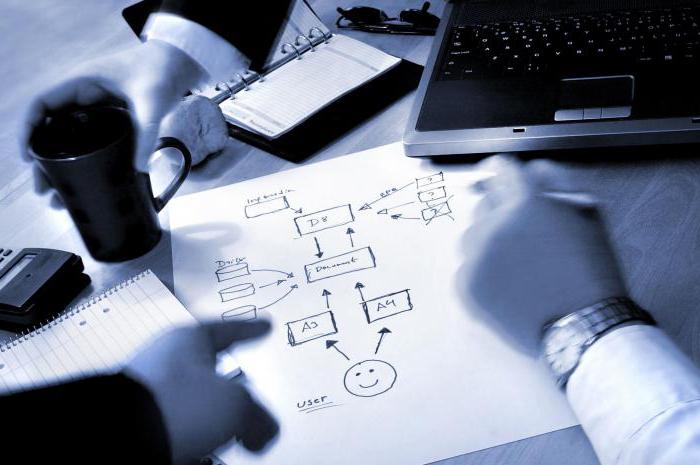
Fixed assets, the classification and evaluation of which is carried out by modern companies, are a certain part of the organization’s property, reused as a means of labor when performing work, during production or the provision of services. Thus, these funds are not financial, as many believe. It is worth noting the following fixed assets (classification):
- facilities;
- power or working machines, as well as various equipment;
- regulating and measuring devices;
- means of transport;
- specialized computing equipment;
- tools;
- household or industrial equipment;
- breeding and productive cattle;
- perennial plantings;
- and many others.
These objects provides a decree on the classification of fixed assets. In addition to these objects, there are also others not listed in the article.
Useful life
Useful life when depreciation of fixed assets should be carried out, represents a certain period of time during which the application of the above objects should be profitable for the company, that is, when they are used to fulfill the main goals of the organization. During operation, such products are gradually subject to wear. Wear itself can be physical and moral.
What is the difference between wear options?
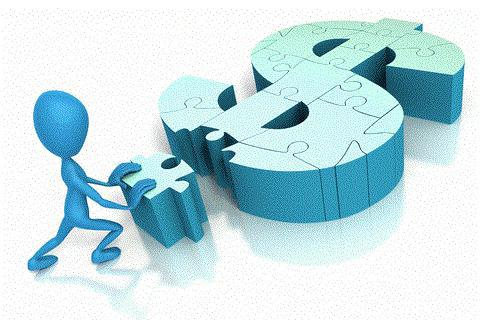
The concept and classification of fixed assets considers obsolescence as a loss by the means used of their own price due to constant scientific and technological progress, as well as an increase in the degree of labor productivity. At the same time, physical deterioration is the result of the active operation of the equipment or the influence of any natural forces. In particular, the concept and classification of fixed assets considers metal corrosion and other phenomena as physical wear.
In an inventory object with various accessories and fixtures or a certain structurally isolated object in this case is a unit of accounting. Various fixed assets of the company can be taken into account at the initial cost, that is, the total amount of actual costs necessary for the production, purchase or construction of the facility. The company has the right no more than once a year to re-evaluate objects in accordance with the replacement cost.
Depreciation
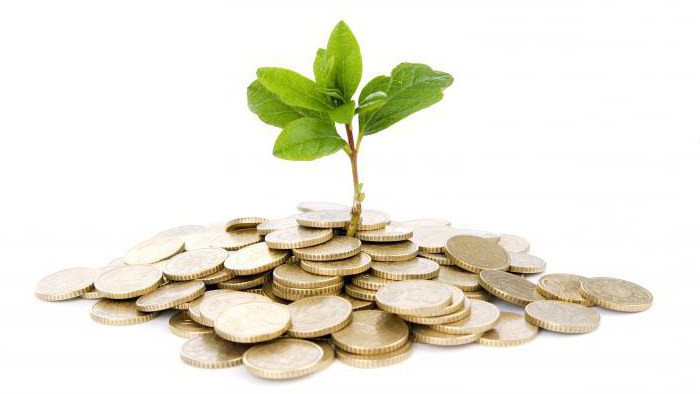
The total price of objects is repaid through the use of such a tool as depreciation of fixed assets, when the price of the object is transferred to manufactured products, the provision of a certain service or the performance of work. In the event that all amounts are deducted from the original cost depreciation charges for the full period of operation of a particular object, the residual value is calculated.
To date, the classification and valuation of fixed assets has a fairly large number of subtleties, and one of the most important points is the correct depreciation. Such depreciation is carried out in several ways: reduction of the balance, by a linear method or by the sum of the years of the total useful life and further write-off of the cost in accordance with the volume of production.
How is the total annual accrual determined?

The specialists who classify and evaluate fixed assets also determine the annual amount of accrual in the following ways:
- Linear. In this case, they are based on the initial value of the object, as well as depreciation rates certain, given the useful life of this facility.
- Reduced balance. The calculation is carried out in accordance with the residual value of the object, calculated at the beginning of the reporting year, as well as the current depreciation rates calculated, taking into account the useful life of the object in question.
- Write-off of cost. Calculation is carried out based on the initial price of the object, as well as the annual ratio. In this case, the numerator is the number of years remaining until the end of the service life of the given object, while the denominator is the sum of the years during which it is used.
Depreciation cannot be accrued on individual items of the company's fixed assets received free of charge or in accordance with gift agreements.
Recovery
Classification fixed asset groups It also provides for the possibility of restoring various objects, which is carried out using extended or simple reproduction.
In this case, simple reproduction is a simple replacement or overhaul of the used fixed assets, while the expanded one involves the expansion of production, new construction, as well as modernization or reconstruction and technical re-equipment. In the case of standard reproduction, fixed assets leave their quantitative and qualitative characteristics, while expanded production involves changing them, as well as filling the company with new objects. It should be noted that the total cost allocated for the reconstruction and modernization of the facilities used, after the completion of the work can be much higher than their initial cost.
Retirement
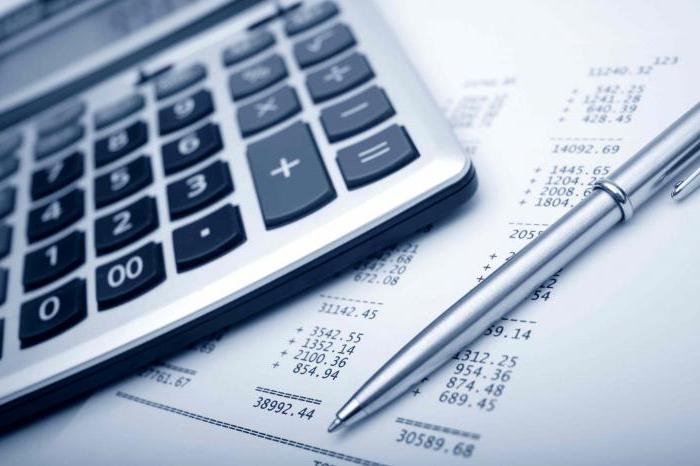
There are various reasons why accounting and classification of fixed assets of a company periodically determine their disposal. This primarily concerns moral and physical depreciation or the complete cessation of the use of objects for their intended purpose. Also, the reasons may be the sale, transfer or liquidation of equipment after accidents, natural disasters or any other situations. In this case, the value of the property, plant and equipment that are disposed of or are not used continuously in the production process should be deducted from the balance sheet.
In the process of organization can be determined by the passive and active part of fixed assets. The active part has a direct effect on the subject of labor. In addition, it moves it during the production process or provides control over it. A passive part at this time is used to form the most favorable conditions for the use of active.
Efficiency

The most important indicator for keeping records and classification of fixed assets of an enterprise is the degree of efficiency of their use, and only cost indicators are used. For example, quite often in this case, such a characteristic as capital productivity is used, which is the output in monetary terms for each ruble of the average annual price of fixed assets or the use of installed equipment by quantity. It is for this reason that the installed, cash, equipment actually working and working according to plan is distinguished.
The second important indicator is the capital-labor ratio, which is the ratio of the average annual price of all fixed assets of the company to the average number of employees in the largest of the shifts. The technical condition of fixed assets is characterized using the coefficients of disposal, growth, renewal, shelf life and depreciation of fixed assets, as well as all kinds of costs necessary for their maintenance.
Rent
A lease is a property lease based on a contract and providing for the possession and use of property for a period of time for a fee. Companies may lease movable or immovable property at their disposal, and in accordance with applicable law, property must be registered with the relevant government agencies when renting real estate.
What is a rental?
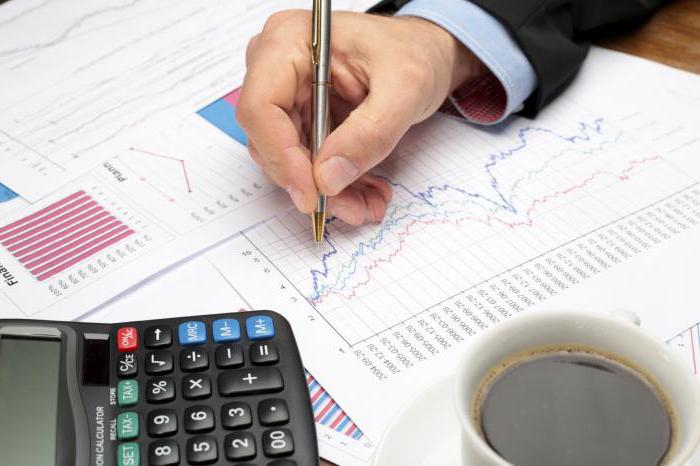
Any company has the right to lease any temporarily free, excess or unused fixed assets to other organizations. In this case, the lease may be of the following types:
- Current. Individual objects for temporary use are leased.
- Long term. The tenant is transferred to the balance sheet a whole complex of fixed assets of the company, and at the same time the right to further redemption is provided.
- Financial. The lessor, by order of the tenant, completely buys individual objects both with the provision of the right to purchase, and without the grant of such a right. At the same time, it is worth noting that the lessor in this case comes to such facilities on his own balance sheet or can transfer it to the tenant's balance sheet.
The most common option for determining payment is a fixed amount of payment, which is calculated in accordance with the value of all property rented out.
